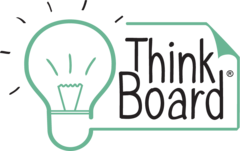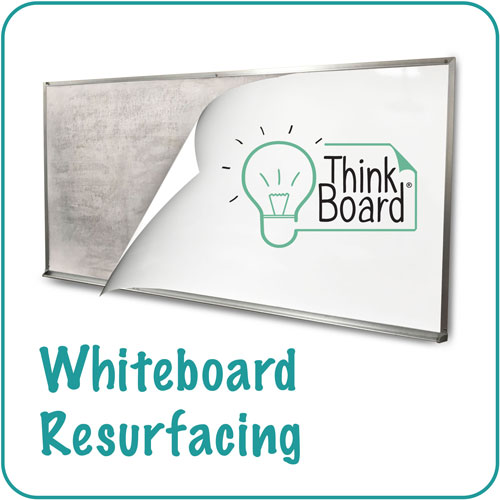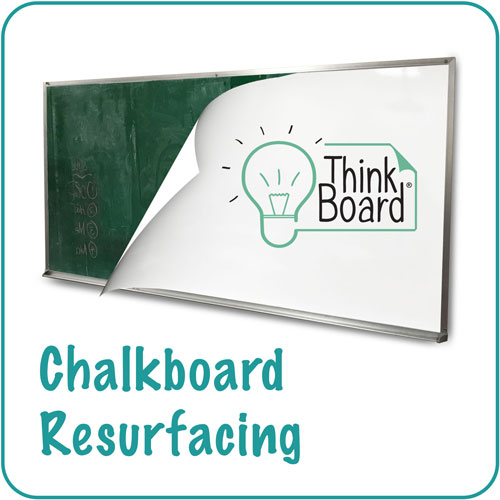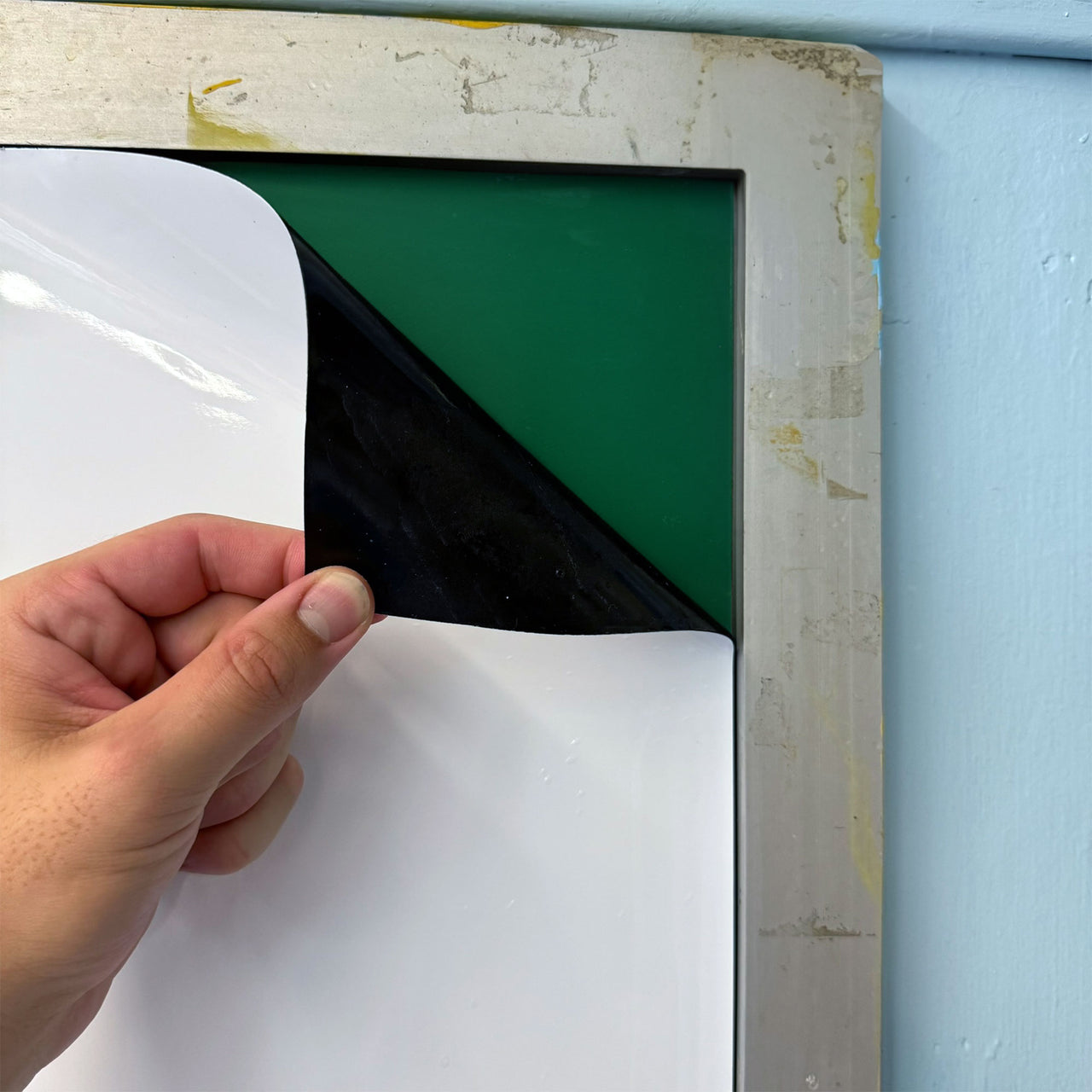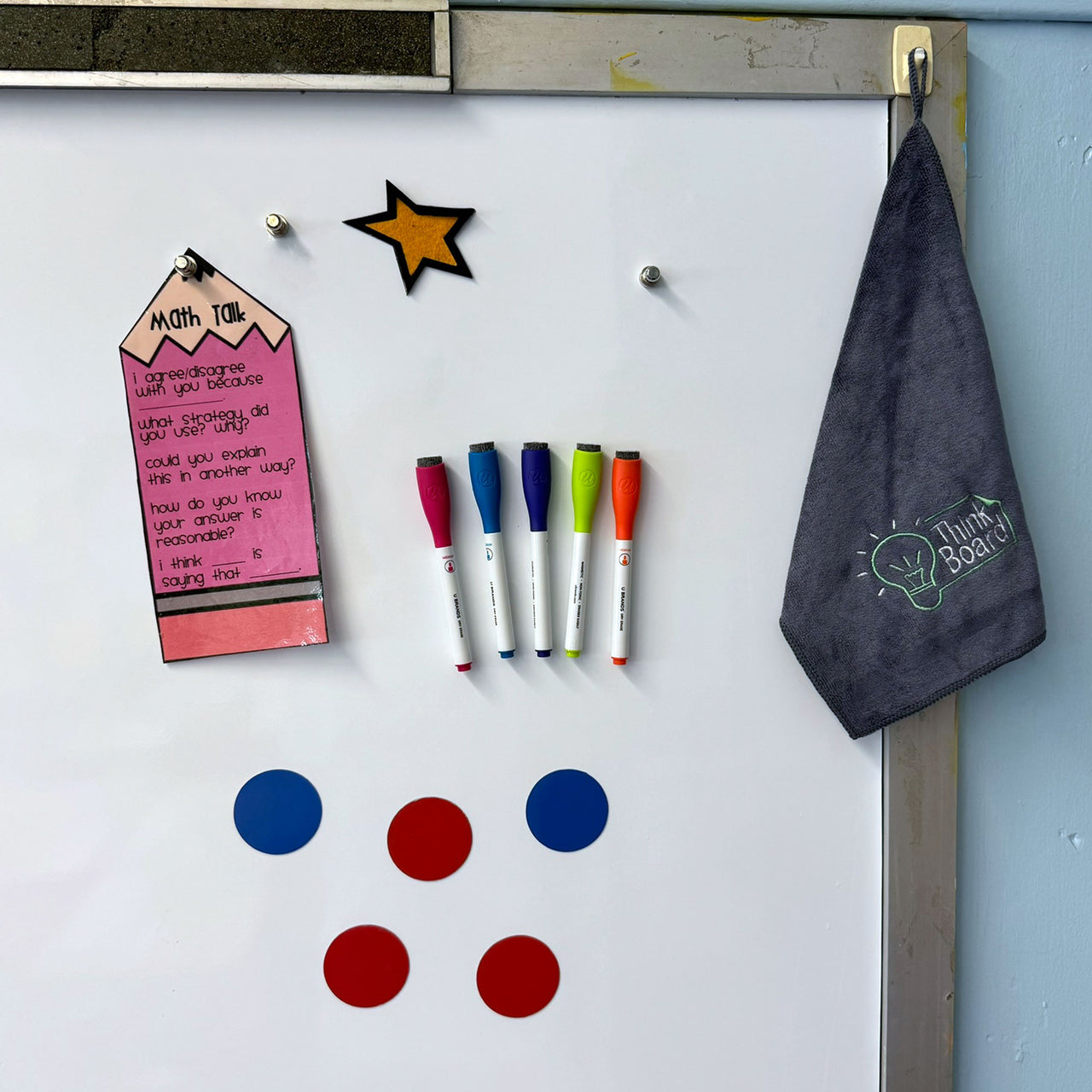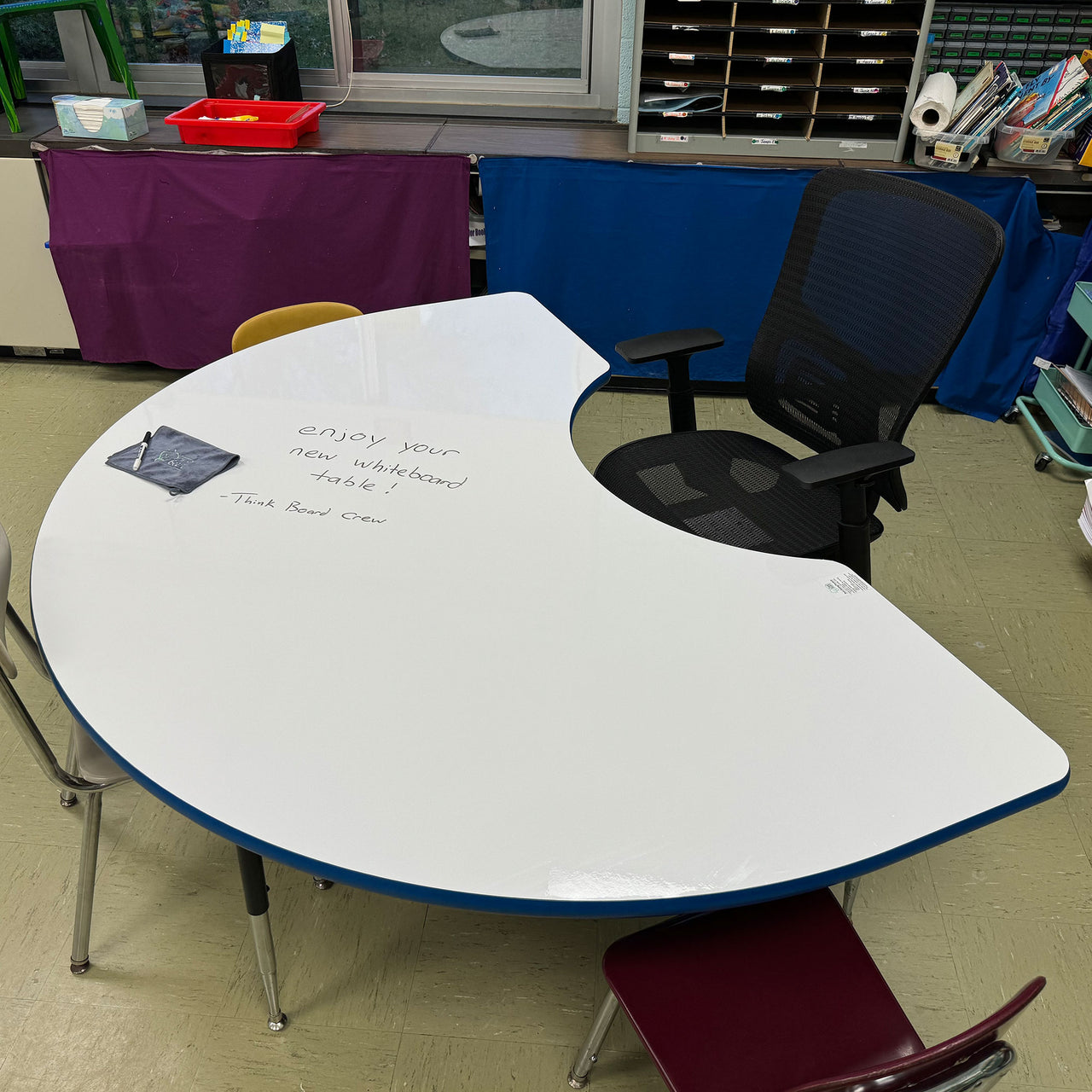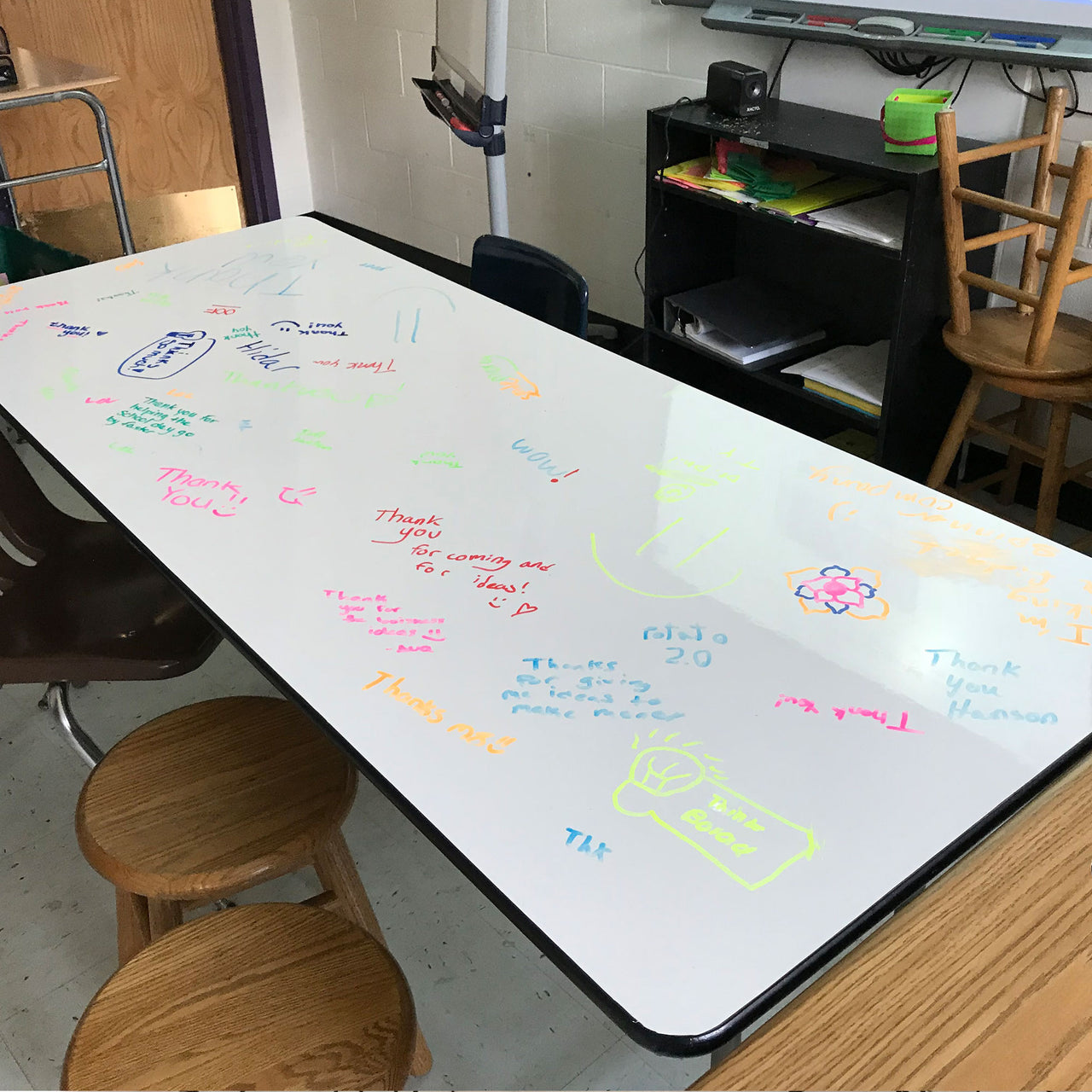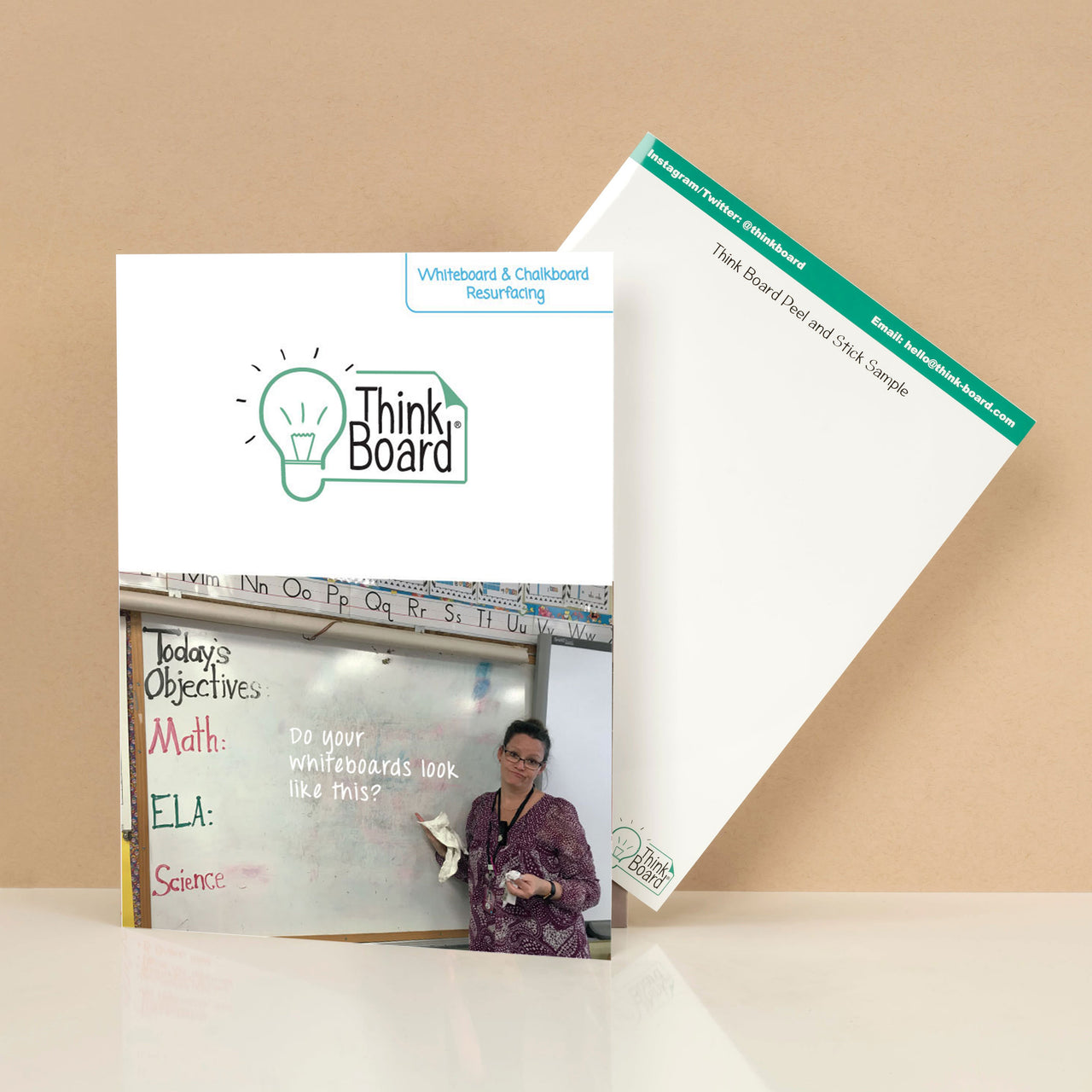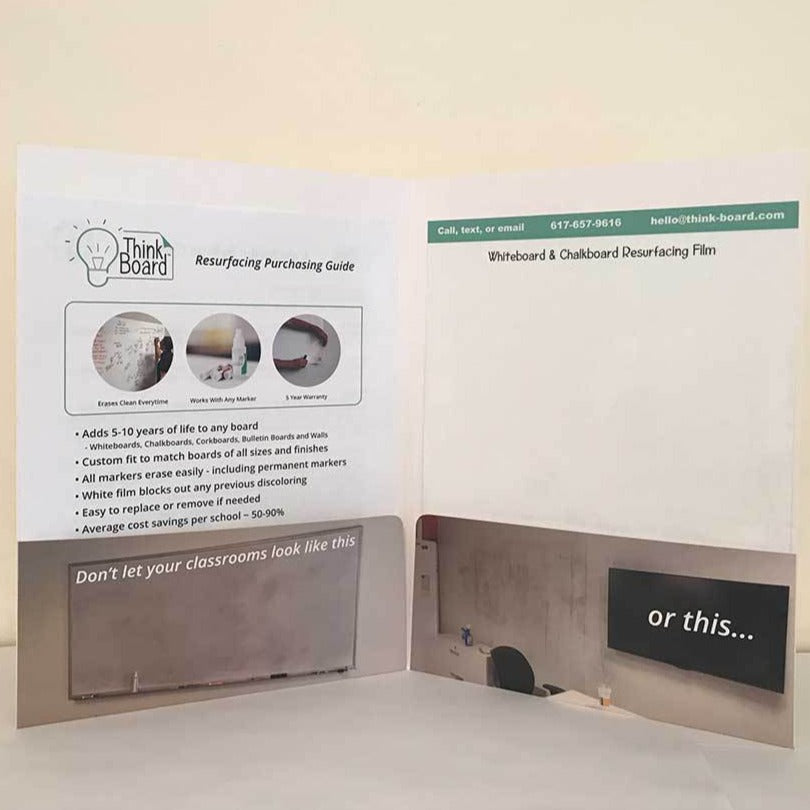Say Goodbye to Chalk Dust in Classrooms: The Benefits of Chalkboard Resurfacing
In today's age of technology and innovation, it's surprising that many classrooms still rely on traditional chalkboards and chalk. Chalk dust in classrooms can be a nuisance, causing an array of health issues for both students and teachers. In this blog post, we will discuss the potential dangers of chalk dust, explore ways to avoid it in the classroom, and introduce Think Board's innovative solution to the age-old problem of chalkboard resurfacing.
Is chalk dust harmful to humans?
Chalk dust is a byproduct of using traditional chalk on chalkboards. While it might seem harmless, continuous exposure to chalk dust can lead to health issues for both students and teachers. Some potential risks associated with chalk dust exposure include:
- Respiratory issues: Inhaling chalk dust can cause irritation to the respiratory system, leading to coughing, sneezing, and potentially triggering asthma attacks in those with pre-existing conditions.
- Allergies: Some individuals may develop an allergy to chalk dust, causing symptoms like itchy eyes, runny nose, and skin irritation.
- Environmental impact: Chalk dust can contribute to indoor air pollution, impacting overall air quality within the classroom and posing long-term health risks.
Chalk dust may also cause allergic reactions in children who are allergic to milk due to the presence of casein, a milk protein, in some types of chalk. When these children come into contact with chalk containing casein, their immune systems may react to the presence of the protein, causing an allergic response.
The symptoms of an allergic reaction to chalk dust in milk-allergic children can range from mild to severe, depending on the sensitivity of the individual child. These symptoms may include skin reactions like hives, rashes, or eczema, as well as respiratory symptoms such as sneezing, coughing, and wheezing. In some cases, a severe allergic reaction called anaphylaxis may occur, which is a life-threatening emergency that requires immediate medical attention.
How To Avoid Chalk Dust in Classrooms
In an effort to reduce the presence of chalk dust in classrooms, schools can implement several strategies:
- Use dustless chalk: Dustless chalk is designed to minimize the amount of dust produced when writing on a chalkboard. However, it's worth noting that dustless chalk isn't entirely dust-free.
- Regular cleaning: Regularly cleaning chalkboards and erasers, as well as providing proper ventilation, can help reduce the amount of chalk dust in the air.
- Implement alternative teaching tools: Schools can also consider using whiteboards, smartboards, or other digital tools to eliminate the need for chalk altogether.
While you plan your classroom renovation, keep in mind that many dustless chalks contain casein.
To minimize the risk of allergic reactions to chalk dust in children with milk allergies, parents and schools should consider using alternative writing materials that do not contain casein, such as whiteboards, electronic devices, or casein-free chalk products.

Our Solution: Chalkboard Resurfacing With Think Board
While the strategies mentioned above can help reduce chalk dust in classrooms, Think Board offers an innovative and cost-effective solution: chalkboard resurfacing. Here's how our chalkboard resurfacing can help:
- Reduces chalk dust: By converting your existing chalkboards to whiteboards, our resurfacing solution eliminates the need for chalk, reducing the amount of dust in the classroom.
- Easy installation: Think Board's resurfacing film is easy to install, requiring minimal downtime and disruption to the classroom. It adheres smoothly to the existing chalkboard surface, providing a clean, white surface for writing.
- Versatile and durable: Think Board's resurfacing solution is not only suitable for classrooms but can also be used in offices, homes, or other creative spaces. It's designed to be long-lasting, providing years of use without the need for replacement.
Think Board's commitment to quality, affordability, and innovation sets us apart from the competition. Our chalkboard resurfacing solution is designed to improve the classroom environment by reducing chalk dust health issues while providing an easy-to-use, modern writing surface. By investing in Think Board, you're investing in the health and well-being of your students and educators.
In conclusion, chalk dust in classrooms can pose a variety of health risks for students and teachers. By implementing strategies to reduce chalk dust or opting for Think Board's innovative chalkboard resurfacing solution, you can create a healthier, more productive learning environment for all.
